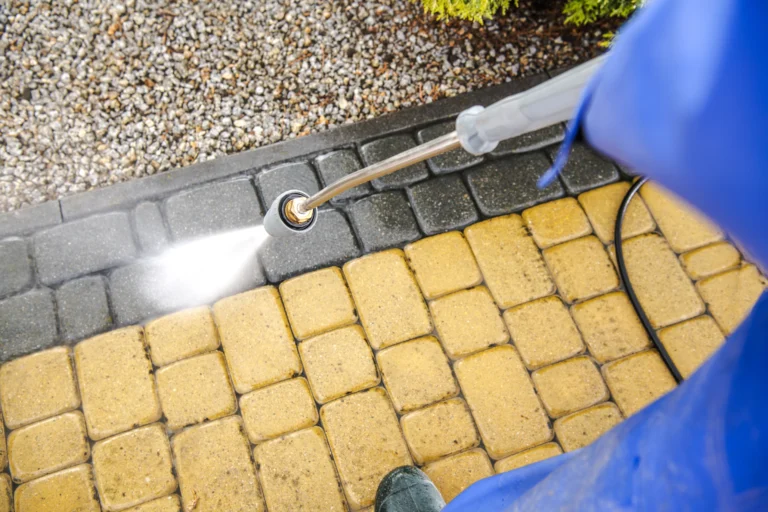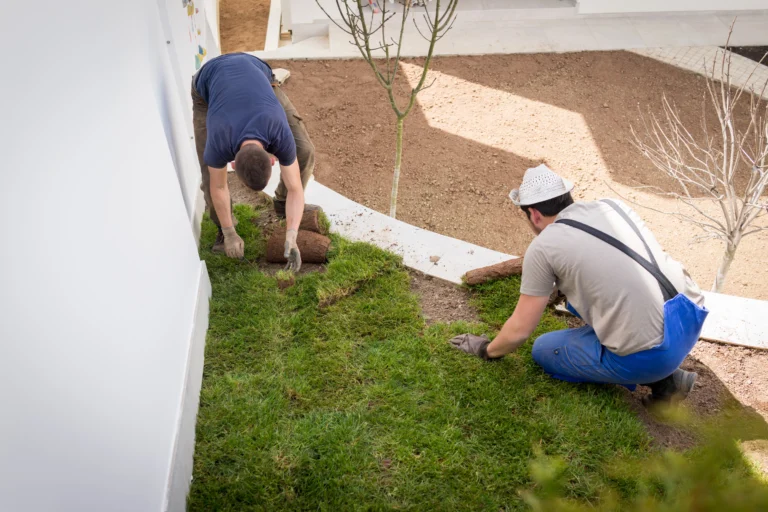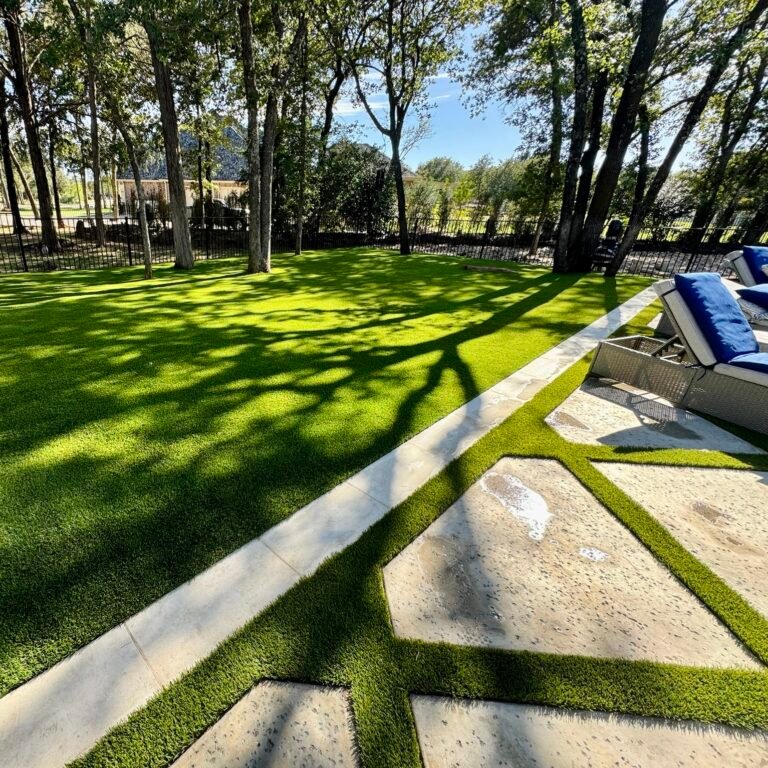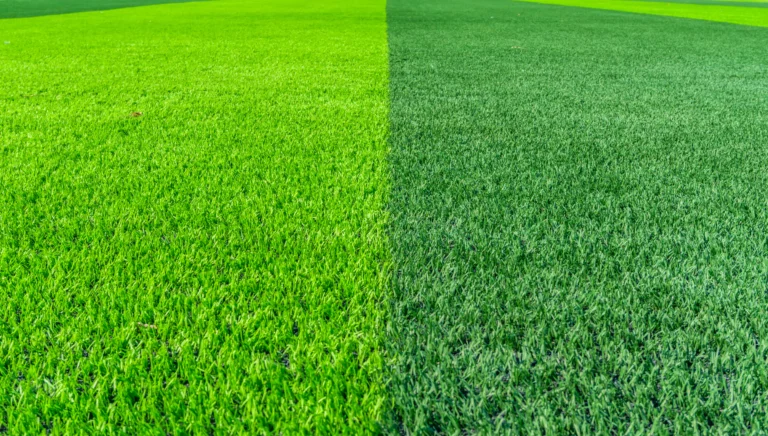Backyard Landscaping Ideas: Transform Your Outdoor Space Efficiently
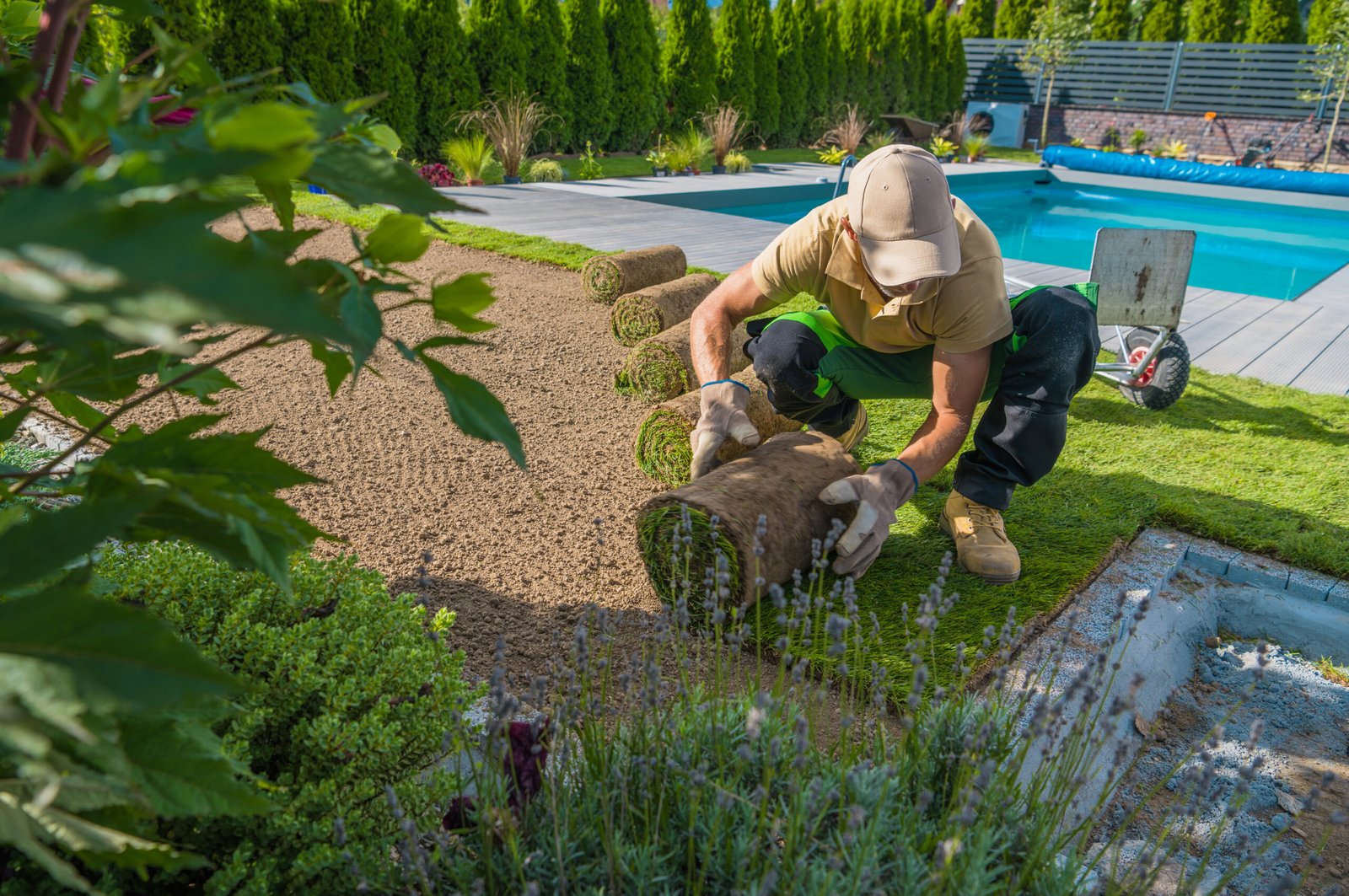
Backyard landscaping is the art of transforming outdoor spaces behind homes into beautiful, functional, and sustainable areas. It encompasses a variety of practices, from planting gardens to constructing patios, and involves careful consideration of the land’s natural features and the homeowner’s personal tastes. Effective landscape design can not only enhance the aesthetic appeal of a property but also increase its value and provide a serene retreat for homeowners to enjoy.
When considering backyard landscaping ideas, it is important to assess both the practical and aesthetic aspects of the space. Homeowners should consider how they intend to use their backyard, whether for entertaining, relaxation, gardening, or play. Integrating personal style with the functionality is key to creating a backyard design that is both beautiful and usable. The selection of plants, materials, and layout all contribute to the overall harmony of the space.
Incorporating sustainable practices into backyard landscaping is becoming increasingly popular. This includes the use of native plants that are adapted to local conditions and require less water and maintenance. Additionally, incorporating eco-friendly materials and design elements such as rain gardens or composting areas can create a more environmentally responsible backyard. Ultimately, backyard landscaping is a personalized expression of outdoor living that, when well-executed, can offer a lifetime of enjoyment and aesthetic gratification.
Designing Your Space
Incorporating thoughtful landscape design transforms a backyard into a cohesive extension of a home. Successful designs consider both utility and aesthetics, tailored to individual preferences and the naturality of the space.
Assessing Your Backyard
One must evaluate the topography, soil type, and existing vegetation. For sloped backyards, a retaining wall can provide soil support and level areas for garden design. Assessing the amount of sunlight and shade areas determine the best plant choices for the space.
Landscaping Styles Explained
The chosen landscaping style should complement the home’s architecture and provide the desired level of maintenance. For a modern look, one might opt for minimalistic and geometric designs, characterized by:
- Bold lines: Straight edges and sleek materials.
- Contrasting Textures: A mix of hardscaping with patches of greenery.
Alternatively, a more traditional garden design might consist of:
- Curved pathways
- Mixed planting beds with a variety of flowers and shrubs
Creating Privacy and Enclosures
Privacy can be created through strategic placement of trees and shrubs or with the construction of a fence. The following are effective for ensuring privacy:
- Tall Trees: Provide a natural canopy and barrier.
- Dense Shrubs: Serve as a living fence, enhancing privacy.
- Fencing: Materials like wood or metal can be used to create a physical barrier.
For enclosures, lattice panels and pergolas add both privacy and aesthetic value, aiding in the creation of a secluded retreat.
Features and Elements
Incorporating specific features and elements can transform a backyard landscape into a versatile and enjoyable outdoor space. These enhancements not only add aesthetic value but also increase functionality for leisure and entertainment.
Adding Water Features
Water features such as ponds, fountains, and cascading waterfalls can serve as focal points in a backyard setting. Ponds offer a serene spot for contemplation and can be surrounded by lush vegetation. For a dynamic touch, introducing a fountain with its soothing sounds brings movement and life to the garden. When installing any water feature, ensure it complements the existing landscape and respects local water usage guidelines.
Integrating a Fireplace or Fire Pit
An outdoor fireplace or fire pit can create a warm and inviting area, extending the use of the backyard into cooler nights. Outdoor fireplaces, built from materials like natural stone, become impressive structures that anchor social gatherings. Fire pits, on the other hand, offer more flexibility and can be either permanent fixtures such as a stone patio ring or portable metal designs, suitable for various spaces within the yard.
Building Decks and Patios
Decks and patios provide solid ground for outdoor activities, defined by the choice of materials like wood for decks and stone or concrete for patios. A wooden deck elevates the space, perfect for dining and lounging areas. Stone patios present a durable and natural aesthetic, while concrete patios offer a sleek and modern feel. When planning, ensure that the scale and style of the deck or patio suits the architecture of the home and the surrounding gardens.
Plants and Gardens
A well-planned backyard can enhance the beauty of your home and provide a tranquil retreat. Selecting the right plants, integrating vegetable and herb gardens, and utilizing various garden designs and planters are crucial for creating a successful outdoor space.
Selecting Plants for Your Backyard
When choosing plants, one should consider the local climate and opt for native plants that thrive in the area’s conditions. Emphasizing a mix of perennials and annuals can provide year-round color and interest. Succulents are a wise choice for dry climates due to their low water requirements. For shaded areas, ground cover varieties such as Vinca or Ferns create a lush, green carpet.
Flowers and Climbing Roses:
- Sunlight: Full sun is ideal for vibrant blooms.
- Soil: Well-draining soil with compost enhances growth.
- Maintenance: Regular pruning maximizes flowering.
Succulents and Cacti:
- Light: Prefer bright, indirect light.
- Soil: Require well-draining, sandy soil.
- Watering: Minimal watering needed.
Ground Covers:
- Shade tolerance: Excellent for low-light gardens.
- Soil: Adaptable to a variety of soil types.
- Growth: Helps prevent weeds, spreading evenly.
Incorporating Vegetable and Herb Gardens
For those interested in edible gardens, a vegetable garden can be both aesthetically pleasing and functional. Raised beds and container gardens can provide ample space for a variety of vegetables and can be an efficient use of space. Adding a separate herb garden or interspersing herbs with flowers and vegetables can add fragrance and practicality. Popular choices include basil, thyme, and rosemary, which are known for ease of growth.
- Raised Beds: Ideal for controlling soil quality and drainage.
- Container Gardens: Versatile and mobile for herbs and vegetables.
- Herb Companions: Planting herbs alongside vegetables may help deter pests.
Gardens and Planters
Different garden designs can showcase personal style while maximizing the beauty of potted plants and flower gardens. Using planters offers flexibility and is suitable for swapping out plants seasonally. Incorporating climbing roses on trellises or as part of patio designs can elevate the sophistication of the space. Strategic placement of planters can create dynamic visual effects in the garden and they can be used to grow anything from traditional flower garden selections to more unique varieties like ornamental kale or dwarf citrus trees.
| Garden Design | Description | Plant Types |
|---|---|---|
| Contemporary | Sleek lines, minimalism | Succulents, grasses |
| Cottage | Romantic, whimsical | Roses, peonies |
| Formal | Geometric shapes, symmetry | Topiaries, hedges |
| Oriental | Balance, harmony | Bamboo, maples |
In summary, the selection and arrangement of plants and gardens are pivotal in creating an inviting backyard. From the practicality of kitchen gardens with fresh herbs and vegetables to the serene beauty of flower gardens, thoughtful planning and design can craft a cohesive and enjoyable outdoor experience.
Furnishings and Entertaining
Selecting the appropriate furnishings and designing spaces conducive to entertainment are pivotal for transforming a backyard into a comfortable and inviting outdoor living area. Whether for dining or relaxation, the choice of furniture and layout can significantly enhance the outdoor experience.
Choosing the Right Furniture
When choosing furniture for a backyard, durability and style take precedence. Adirondack chairs provide a classic look while ensuring longevity due to their robust construction. For seating arrangements, it is vital to consider materials such as treated wood, metal, or synthetic rattan that withstand outdoor conditions. A properly sized dining table should accommodate guests for outdoor dining and picnics, ensuring enough space for movement and interaction.
- Materials: Treated wood, metal, synthetic rattan
- Seating: Adirondack chairs, benches, loungers
- Tables: Extendable dining tables, coffee tables
Outdoor Dining and Kitchen Areas
An outdoor kitchen equipped with a grill or barbecue creates a focal point for entertaining. Incorporating an outdoor kitchen means selecting appliances and surfaces designed for exposure to the elements. Stainless steel grills, weather-resistant countertops, and storage compartments are essential. Surrounding the outdoor dining area with ample seating ensures guests can enjoy the food and ambiance comfortably.
- Appliances: Grills, smokers, pizza ovens
- Surfaces: Weather-resistant countertops, dining surfaces
- Amenities: Storage, outdoor refrigeration
Creating Comfortable Seating Areas
Comfort in seating areas is paramount for relaxation and engagement among guests. Integrating cushions and pillows made from outdoor fabrics can enhance comfort without sacrificing durability. Configuring seating around a central feature, such as a fire pit or water feature, encourages congregating and conversation. Additionally, shade solutions like umbrellas or pergolas provide respite from the sun, furthering the appeal of the seating area.
- Comfort: Weather-resistant cushions and pillows
- Layout: Central features for congregation
- Shade: Umbrellas, pergolas, awnings

